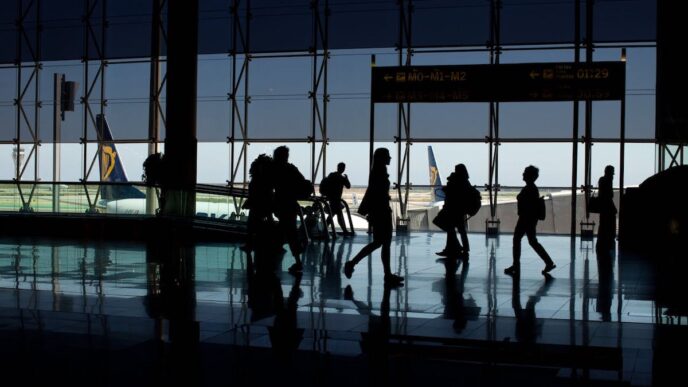In the early hours of Monday, a 5.3 magnitude earthquake struck off the coast of Portugal, causing tremors felt across Lisbon and other cities. Despite the intensity, no casualties or significant damage have been reported.
The Earthquake Event
The earthquake was recorded at 5:11 am local time, with its epicenter situated 58 kilometers west of Sines, at a depth of 21 kilometers. The Portuguese Sea and Atmosphere Institute (IPMA) initially reported the quake as a 5.4 magnitude but later revised it to 5.3.
Public Reaction and Safety Measures
The National Emergency and Civil Protection Authority (ANEPC) received numerous calls from concerned residents. Commander José Miranda stated that there were no reports of victims or major damage, although possible cracks in buildings in Sesimbra are being assessed.
The Portuguese government assured the public that it is in close coordination with relevant services and urged people to remain calm and follow safety recommendations.
Aftershocks and Historical Context
Three minor aftershocks were detected, measuring 1.2, 1.1, and 0.9 on the Richter scale. This earthquake is the strongest to hit Portugal since 2009, when a 5.6 magnitude quake struck the south coast.
Portugal is located near the boundary between the Eurasian and African tectonic plates, making it susceptible to seismic activity. The country experiences several minor earthquakes each year, but quakes of this magnitude are less common.
Historical Earthquakes in Portugal
- 2009: A 5.6 magnitude earthquake struck the south coast.
- 1969: A 7.3 magnitude earthquake caused 13 deaths and significant damage.
- 1755: The Great Lisbon earthquake, with an estimated magnitude of 8.5-9.0, killed at least 50,000 people.
Conclusion
While the earthquake caused significant concern among residents, the lack of casualties and major damage is a relief. Authorities continue to monitor the situation closely and advise the public to stay informed and follow safety guidelines.













